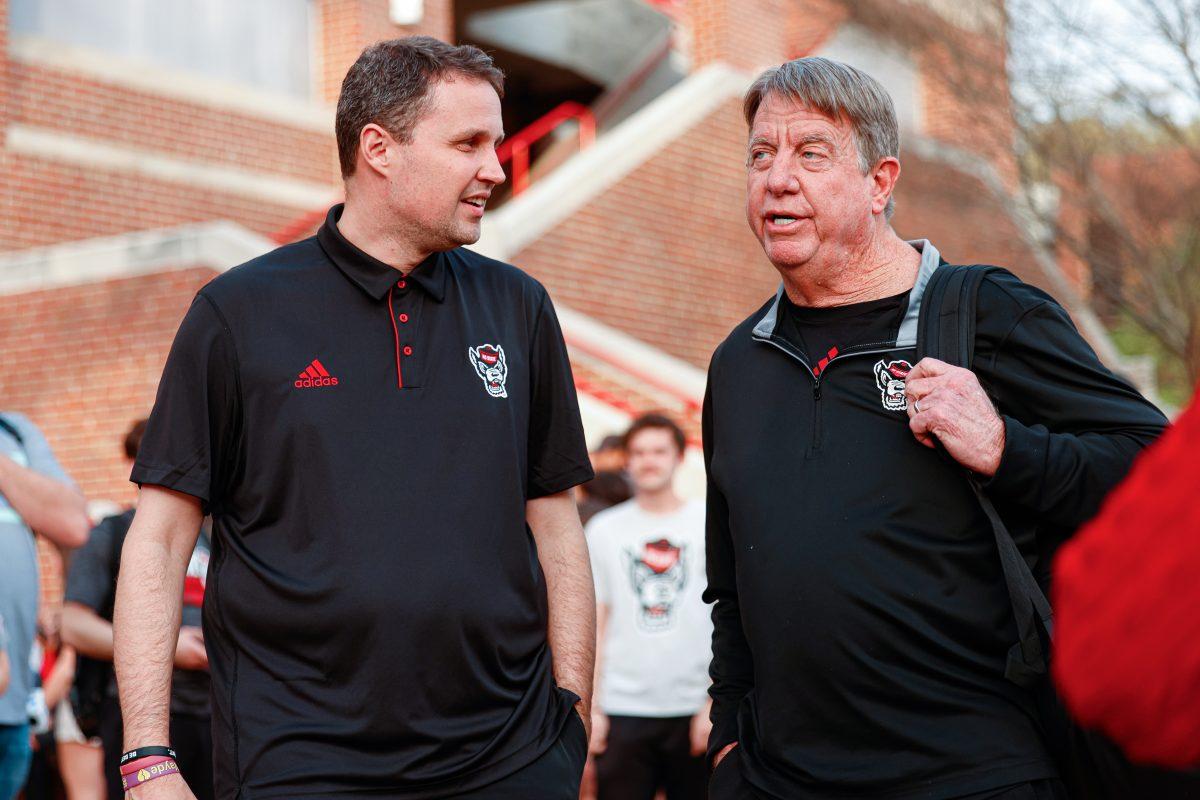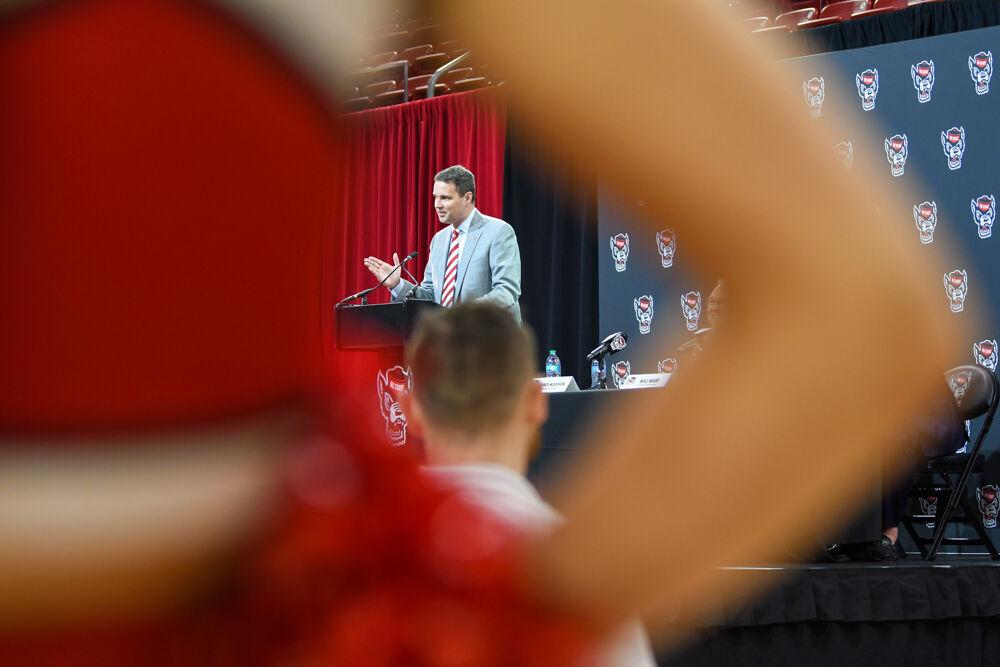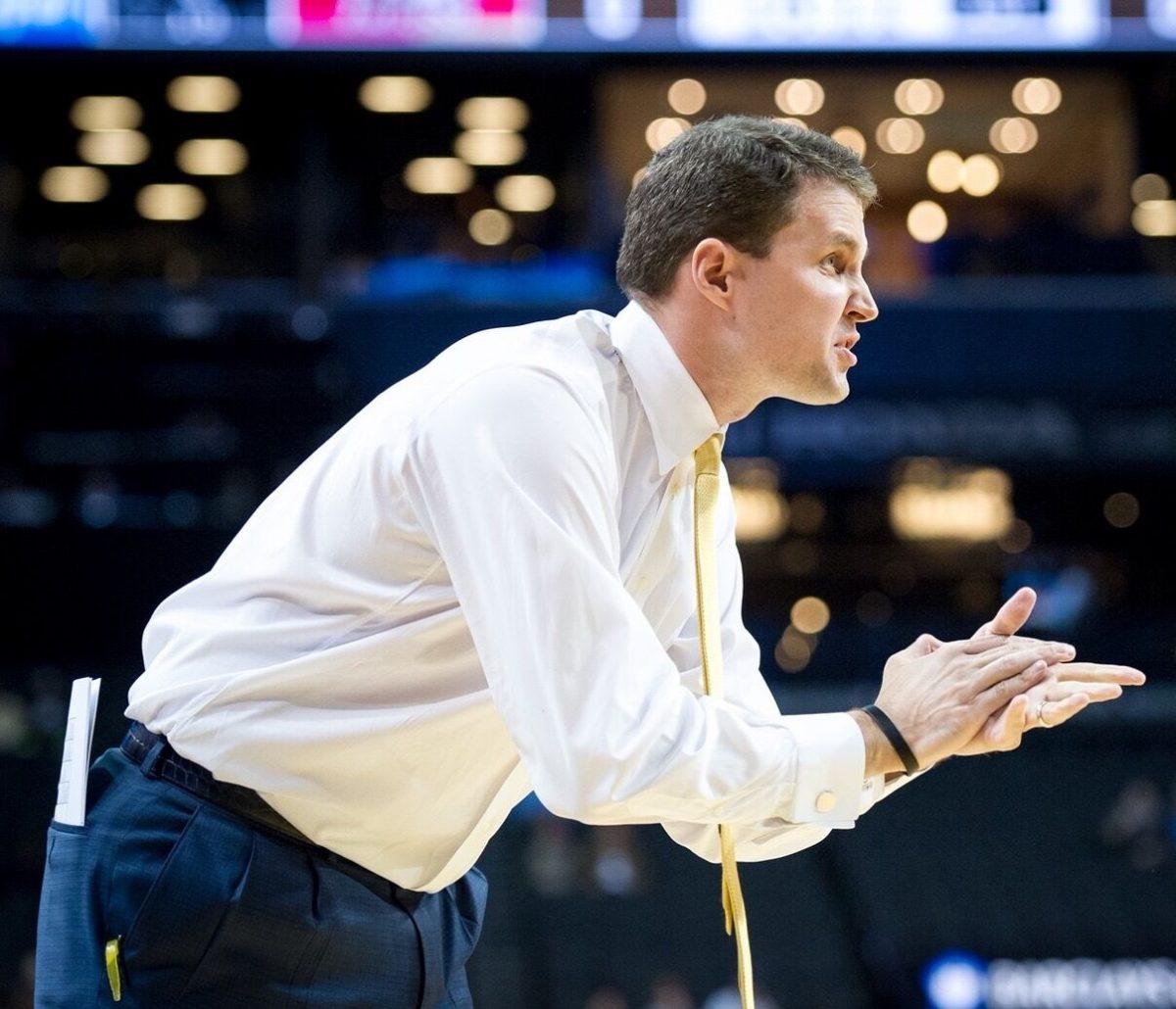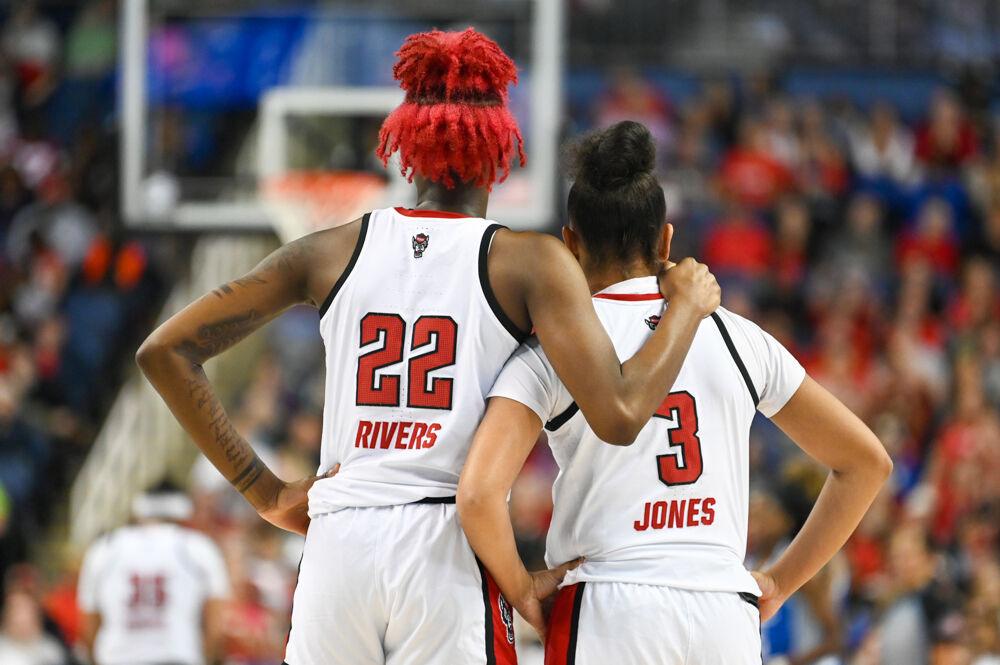For the first time since seeding began in the NCAA tournament, the outright Atlantic Coast Conference regular season and tournament champion has not received a No. 1 seed in the big dance. The ACC champion Miami Hurricanes garnered the No. 2 seed in the East region.
Wolfpack men’s basketball coach Mark Gottfried called the decision from the tournament’s selection committee a “bit of a slap in the face to our league.”
Gottfried went on to say the league is perceived as being weaker than its RPI ranking of fourth in the country. The Mountain West Conference is ranked first in the country going into the tournament. The Gonzaga Bulldogs of the West Coast Conference received a No. 1 seed in the tournament, despite having the all-time lowest strength of schedule among No. 1 seeds. The lowest-ranked “power six” conference in the RPI rankings is the Southeastern Conference at No. 8.
But, rather than a slap in the face, it could be a sign of the times. The 2013 tournament has mid-majors splashed throughout the bracket that could possibly have a large impact on its outcome. After the Zags, the St. Louis Billikens of the Atlantic 10 have received the next highest seed among the mid-majors at No.3. The aforementioned MWC and A-10 conferences received five bids in this year’s tournament, one more than the ACC.
Our generation remembers the runs Butler made to the national championship, falling short on a last-second heave against Duke and losing to Connecticut in 2012, and Virginia Commonwealth’s run to the Final Four. Memphis did make a run to the national championship game, but the program was considered a powerhouse by then.
It’s time to stop dismissing these teams as Cinderella stories and recognize that great basketball programs do lie outside of the power six conferences.
If there’s a time for a mid-major to make a run at the national title, it’s now. The top seeds in each region- – Gonzaga, Indiana, Kansas and Louisville – have already shown they’re very vulnerable in comparison to the top-seeded teams in the past.
Also, some mid-majors are already on their way to becoming members of the power six conferences. The Big East as we know it is done and four of its notable programs – Notre Dame, Louisville, Syracuse and Pittsburgh – are making their way to the ACC. I’m still mourning the loss of the greatest conference tournament in the nation.
Did Gottfried have a point on the ACC being downplayed? I think he does. The league has shown throughout the year that anyone can lose on any given night. Miami’s streak of an unblemished conference record was stopped by Wake Forest, a team that finished third-to-last in the league.
Duke also fell to two non-tournament teams in the ACC. The Wolfpack also proved that no team is an easy win in the league after it went to overtime against Virginia Tech and lost to four non-tournament teams. Seven of the ACC’s 12 members finished with an overall record of more than .500. Virginia, which was considered a “bubble team” by ESPN, did finish with an 11-7 record in a tough ACC.
The ACC should have been given the respect it deserved in the form of a No. 1 seed for Miami, but it is time to understand that the landscape of college basketball is changing and mid-major programs will soon mesh completely with those of the power six leagues.













